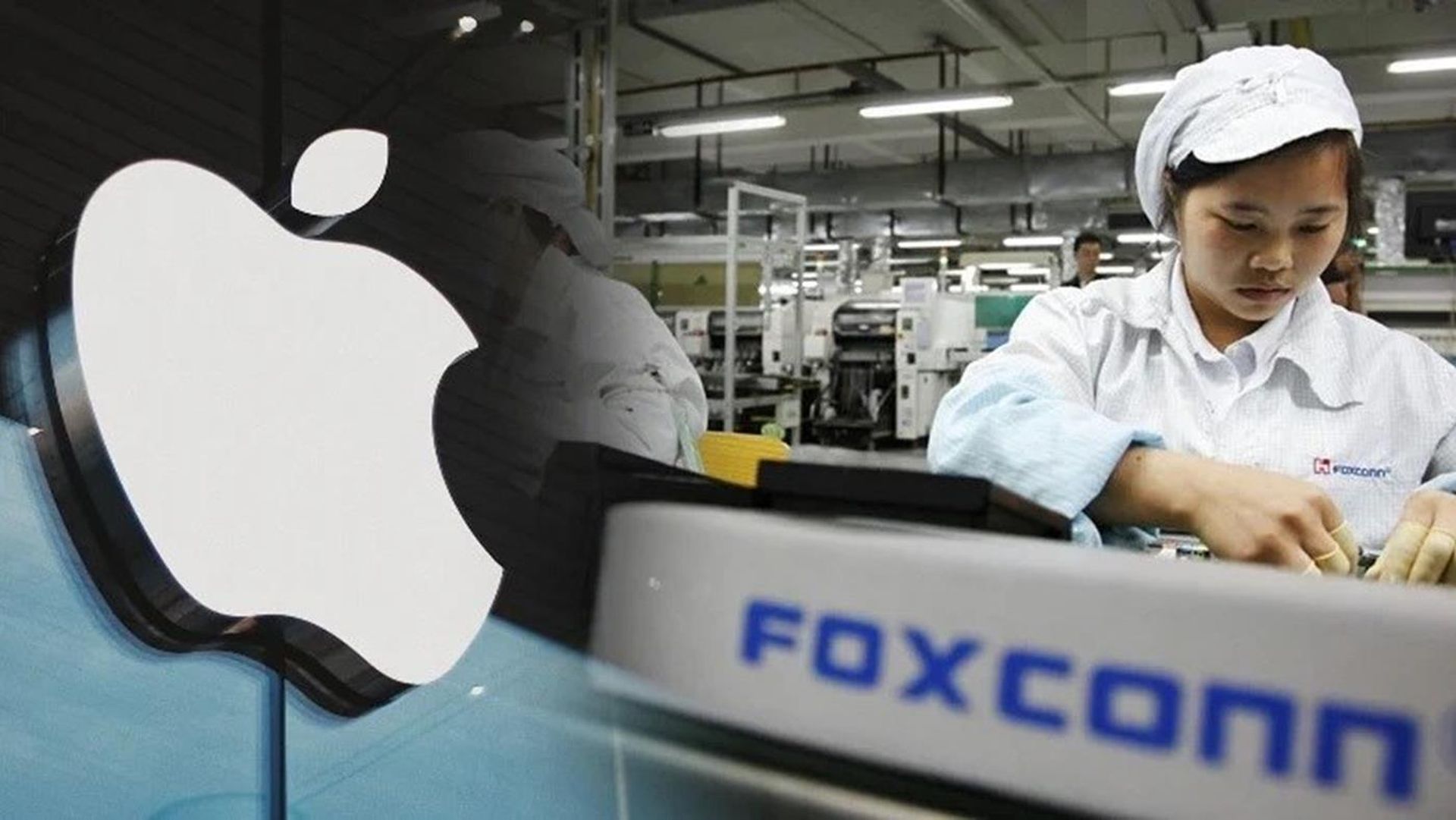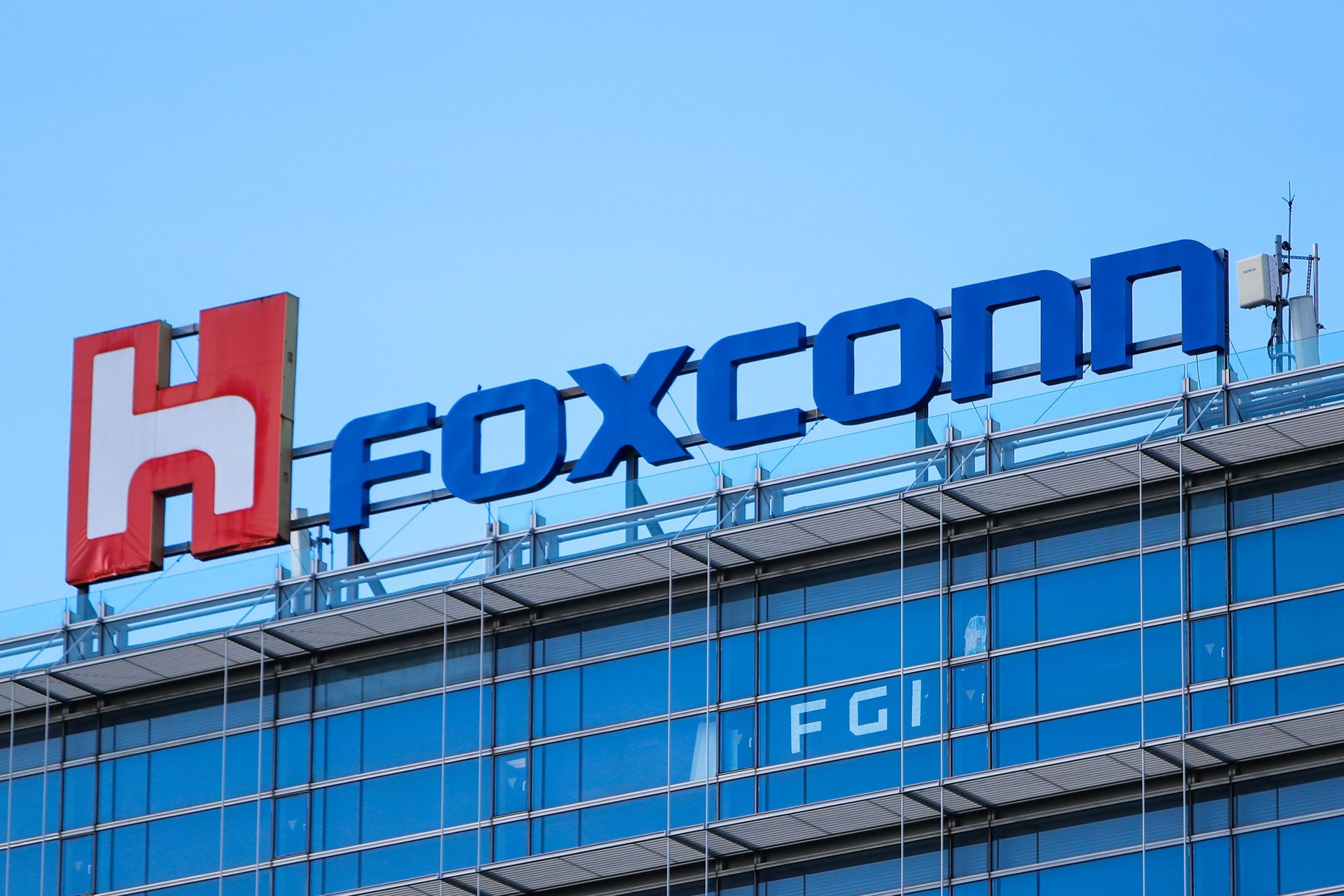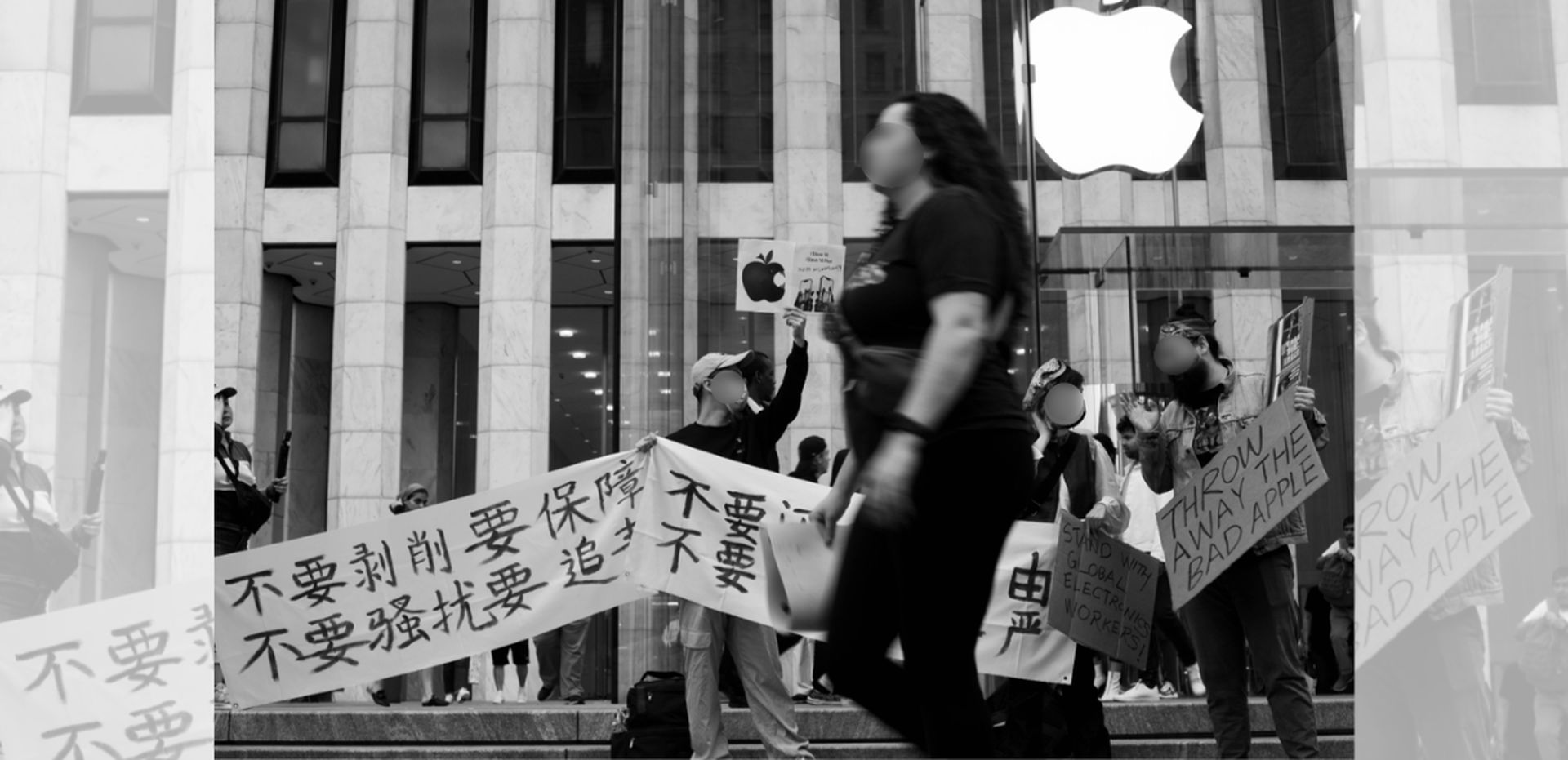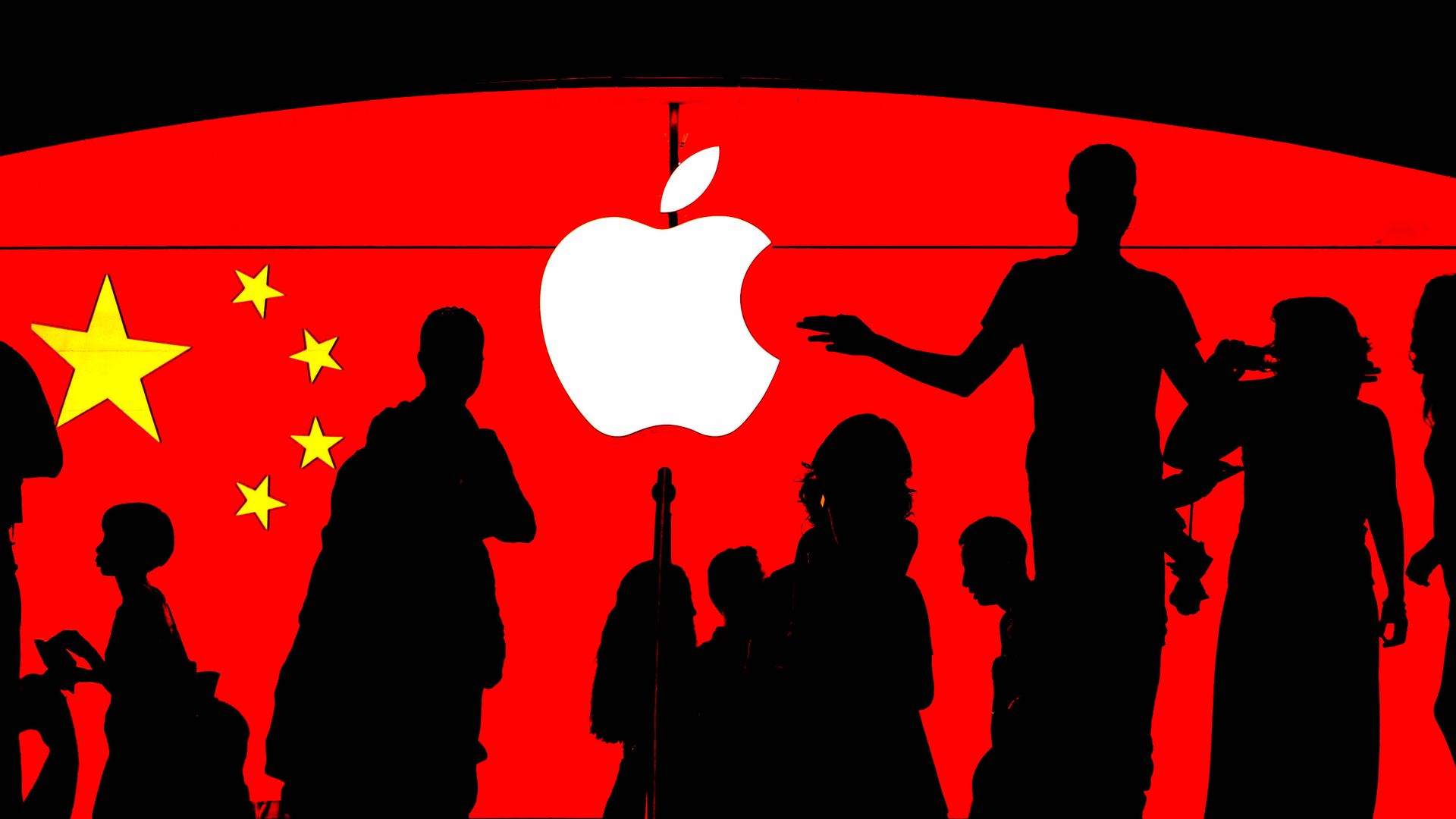There’s a new era upon us as Apple moving out of China rumors came to a reality.
According to those engaged in the conversations, Apple Inc. has accelerated plans to move a portion of its manufacture outside of China, which has long had a strong position in the supply chain that helped create the most valuable corporation in the world. In an effort to lessen reliance on Taiwanese assemblers led by Foxconn Technology Group, it is instructing suppliers to aggressively plan for producing Apple products in other parts of Asia, including India and Vietnam.

Apple’s shift was aided by unrest at a location known as iPhone City. Up to 300,000 people work at a Foxconn facility in the enormous city-within-a-city of Zhengzhou, China, producing iPhones and other Apple products. According to market research company Counterpoint Research, it formerly produced 85% of the iPhone Pro series by itself.
Why is Apple moving out of China?
Violent protests erupted in Zhengzhou’s plant in late November. Online videos show angry workers shouting “Stand up for your rights!” and throwing objects because of Covid-19 limits and low pay. The videos demonstrate the presence of riot cops. The news organization and the video-verification provider Storyful independently confirmed the location of one of the films. Twitter user @unusual_whales has shared a summary of Foxconn protests on their Twitter account:
Here is a reported video from this week of workers fighting with guards at Foxconn Technology’s plant in China that produces Apple’s, $AAPL, iPhones. pic.twitter.com/IIJlBoEJvX
— unusual_whales (@unusual_whales) November 28, 2022
According to analysts and individuals in the Apple supply chain, the turmoil, which follows a year of events that diminished China’s standing as a reliable manufacturing hub, means Apple no longer feels safe having so much of its business tied up in one area. Therefore rumors of Apple moving out of China have come to life.
One solution, according to some working in Apple’s supply chain, is to use a larger pool of assemblers, even if those businesses are situated in China itself. Luxshare Precision Industry Co. and Wingtech Technology Co. are two Chinese businesses that are reportedly in line to receive greater business with Apple.
On investor calls earlier this year, executives at Luxshare claimed some consumer electronics clients—who were not named—were concerned about problems in the Chinese supply chain brought on by Covid-19 preventive efforts, power shortages, and other challenges. These clients, they claimed, wanted Luxshare to support them in expanding their business outside of China.
“Initially they just went into the plant seeking an explanation from executives, but they [the executives] didn’t show their faces and instead called the police,”
-Apple worker in China
It is the core of what it takes to really construct hundreds of millions of devices, and it is a field in which China has excelled due to the country’s concentration of production engineers and suppliers.
What is Apple’s plan?
According to those engaged in the conversation, Apple has informed its manufacturing partners that it wants them to start attempting to undertake more of this work outside of China. According to supply-chain experts, nations like Vietnam and India will continue to play second fiddle unless they can implement NPI as well. However, according to some of the participants in the conversations, Apple has found it challenging to dedicate workers for NPI work with new suppliers and new countries due to the slowing global economy and Apple’s poor hiring pace.

Apple and China have been entwined in a relationship for decades that has, up until recently, largely benefited both sides. Change won’t happen suddenly. Every year, Apple continues to release new models of the iPhone in addition to regular updates to its laptops, iPads, and other goods. While an engine is being replaced, the plane must continue to fly.
However, the transformation is already underway and is being fueled by two factors that are threatening China’s historic economic strength. Some young people in China are no longer eager to assemble electronics for the wealthy for meager pay. They are furious in part due to Beijing’s oppressive Covid-19 strategy, which worries Apple and many other Western businesses. China is still attempting to contain outbreaks three years after Covid-19 first became widespread, even though many other nations have gone back to pre-pandemic standards.
“We are reviewing the situation and working closely with Foxconn to ensure their employees’ concerns are addressed,”
-Apple spokesman
Anger over the Covid-19 limitations may grow into a bigger movement against the government, according to demonstrations that have taken place in Chinese cities over the past week. Some of the protesters urged for President Xi Jinping to be removed from office. Change of Apple moving out of China might be the solution according to the company.
Goal of change
According to Ming-chi Kuo, an analyst at TF International Securities who tracks the supply chain, Apple’s longer-term ambition is to export 40% to 45% of iPhones from India, up from a single-digit percentage today and according to suppliers, Vietnam is anticipated to handle a greater portion of the production of other Apple devices including AirPods, smartwatches, and laptops.
For the time being, customers purchasing high-end iPhones for Christmas are stuck with some of the longest wait times in the product’s 15-year history, which extend until after Christmas. In November, Apple issued a rare midquarter warning that Covid-19 limits at the Zhengzhou facility would hinder the shipment of the Pro models. The goal of Apple moving out of China isn’t going to happen in the near future since the production of their devices must continue.
Harsh changes in the China factory
The Zhengzhou factory is one of those required to implement a system in which staff remain on-site and contact with the outside world is kept to a minimum to keep the goods flowing through government Covid-19 regulations. According to employees, Foxconn has eliminated smoking places, turned off vending machines, and shuttered dining halls in favor of carryout meals that staff members bring back to their dorm rooms, which are frequently a half-hour walk away.

Many people have managed to flee, trekking along deserted roadways and hopping fences to return to their hometowns. The pandemic policies and salary disputes in November exacerbated the complaints of the workforce. Some others fought with the cops there, breaking glass doors in the process.
Apple is known as a guardian of their workers’ rights therefore these kinds of changes are not welcome in the company.
India and Vietnam factory ideas aren’t perfect too
Former Foxconn executive and current supply-chain consultant Dan Panzica claimed that while Vietnam’s manufacturing sector was expanding swiftly, it was experiencing a labor shortage. The population is barely around 100 million, or less than one-tenth of China’s. According to him, it can manage manufacturing facilities with 60,000 workers but not cities like Zhengzhou, which have populations of hundreds of thousands.
India’s population is almost as large as China’s, but its governance is not as well-organized. Because each state in India is administered differently and regional governments burden the corporation with duties before allowing it to create products there, Apple has found it challenging to operate there.

Requests for comment from the American embassies in Vietnam and India went unanswered.
And that’s all for our article on Apple moving out of China. Even though China is known for its factories, overpopulation and current COVID-19-related measures hinder big tech companies operations. To read more about COVID-19 measures in china check out our article titled Chinese government censors Twitter to suppress Covid protests





